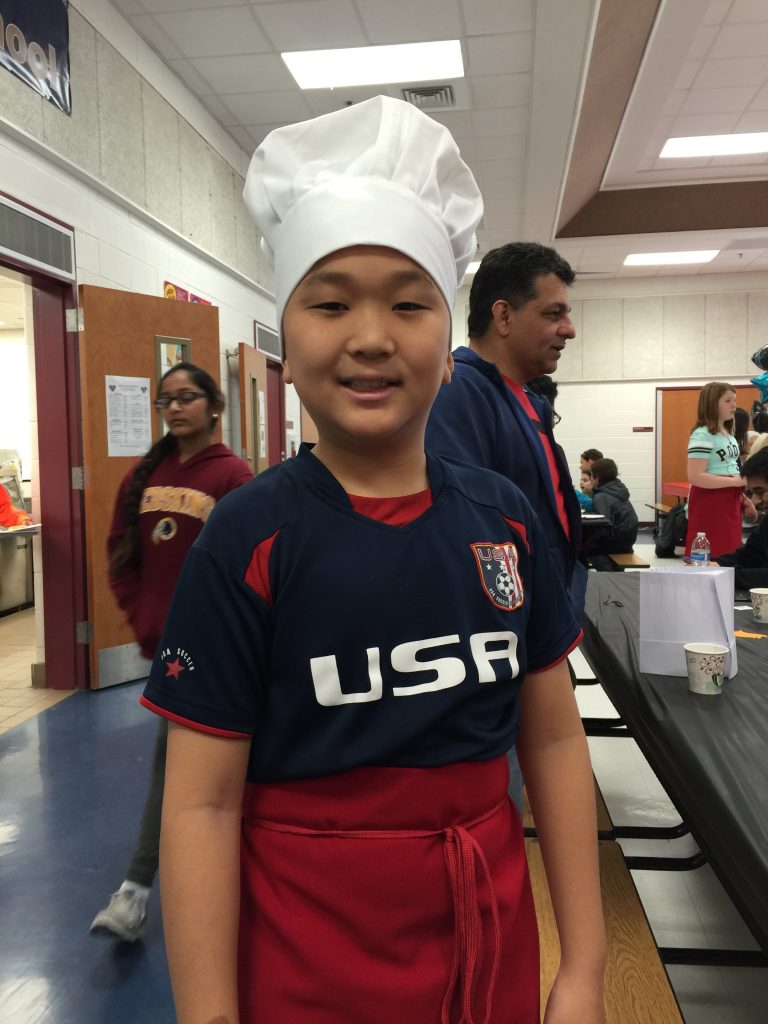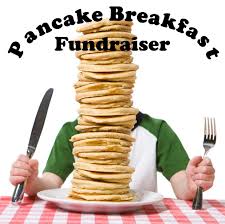Math Happenings!
Written by Dr. Jennifer Suh jsuh4@gmu.edu George Mason University
Math Happenings is an instructional routine to introduce students to mathematical modeling as they build a relationship with mathematics. Students to see themselves as math doers and thinkers. They see the utility of mathematics and the relevance to their lives. Math Modeling empowers our students as they see that mathematics can serve them. Students must be able to “use mathematics in the out-of-school contexts that define their lives” (Martin, 2003, p. 17).
Real world phenomenon can be an engaging way to spark a sense of wonder with children. Many of the phenomenon can be an event of scientific interest like a solar eclipse or just a significant event in our lives. In everyone of these momentous events, one can see that there are a multitude of math happenings. For many years, I have used a classroom routine called “Math Happenings” as a way for students and teachers to engage in mathematics in personal ways by finding math happenings in their own lives. This approach not only exposes students and teachers to the complex problems set in the real world but also the messy nature of math in our real world.
Three tenets of Mathematical Modeling
I.Making Sense of Math through Problem Posing and Problem Solving to Tackle Rigorous and Complex Problems in our World.
Students use math to take complex real world problem and mathematize the situation and apply the math they are learning to come up with creative solutions. How do we create more opportunities for students to deeply engage with important mathematical ideas and practice?
II. Powerful Math Thinkers and Doers!
Math Modeling helps students see themselves participating as Powerful Math Thinkers and Doers. What opportunities might exist for students to generate and explain their own ideas? To respond to each other’s ideas? How might we create more opportunities for more students to see themselves and each other as powerful mathematical thinkers and doers?
III. Math that is Personally Relevant, Community Engaged, Empowering and Useful!
Students use their background knowledge and are engaged in problems have relevance. Place based education and service learning contexts have been rich sources for meaningful math modeling contexts. Through these connections, students build a closer relationship with mathematics. How might we use real world problems that are community based, personal math happenings, school events and context that are of interest to students?
Mathematical modeling is a process that uses mathematics to represent, analyze, make predictions or otherwise provide insight into real-world phenomena. Most short definitions we find emphasize this most important aspect, namely the relation between modeling and the world around us. – Using the language of mathematics to quantify real-world phenomena and analyze behaviors. – Using math to explore and develop our understanding of real world problems. – An iterative problem solving process in which mathematics is used to investigate and develop deeper understanding. (Gaimme report, p.8)




